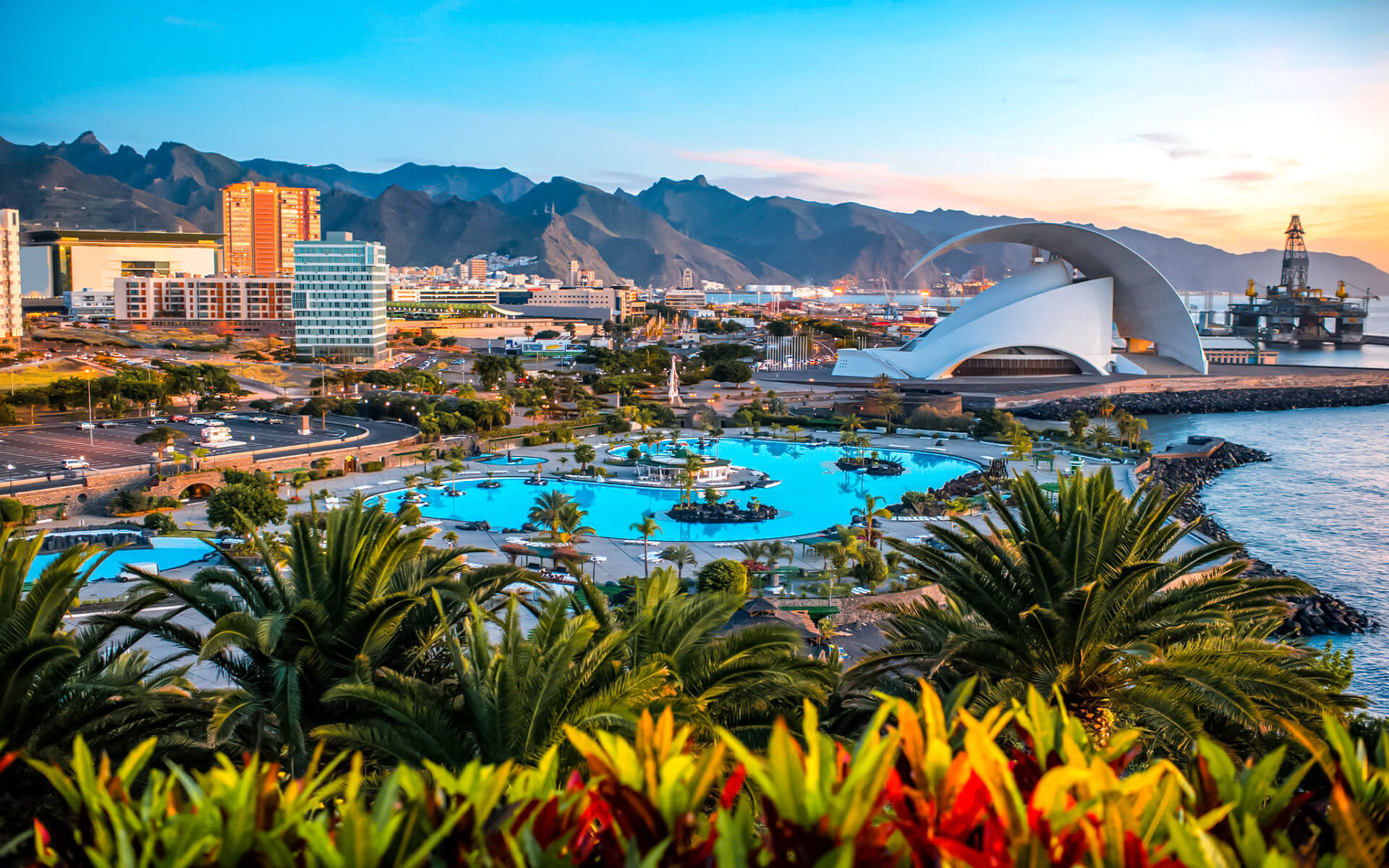Tenerife is the biggest of the Canary Islands and a fantastic spot to visit. Every year, tens of thousands of British and German visitors visit its stunning beaches and bustling nightlife. It is also a popular destination for visitors from the Spanish peninsula, particularly during the Easter season. It has rich woods, diverse animals and flora, deserts, mountains, volcanoes, breathtaking coastlines, and breathtaking beaches.
Tenerife, once a poor banana-growing area, has been brought up to European living standards since the onset of major air travel in the 1960s, which brought industry and millions of visitors each year. This has resulted in the construction of several complexes and residences throughout the years, making areas of the island very urbanized. While technically part of the EU, the island remains outside of its customs and VAT zones, making high-tax commodities like as cigarettes and alcohol cheaper than elsewhere in Europe.
Many youthful visitors choose the south of the island, while elderly and family travelers prefer Puerto de La Cruz and its vicinity. For most of the year, the south side has constant summer, little to no wind, and nearly ideal beach weather, however there have been isolated occurrences of chilly to cold weather in January and February. Expect some unusually rainy days for the time of year, but most days will be bright. There are several hotels, activities, and British cuisine and drink to choose from.
The north half of the island has more greenery and a more dynamic local culture. There is a more Spanish springtime atmosphere all year. The weather varies more here, yet it is often nice, but not as hot as in the south.
The slightly dormant volcano El Teide, located between the island’s north and south, is Spain’s highest mountain (3718m above sea level). Visitors were once permitted to enter the crater on tours, but for safety reasons, tourists are no longer permitted to enter the crater.
The native currency is the Euro, and most establishments accept credit or debit cards with a chip and PIN. There are several exchange offices in the major tourist areas, but not in Spanish towns such as Santa Cruz.


